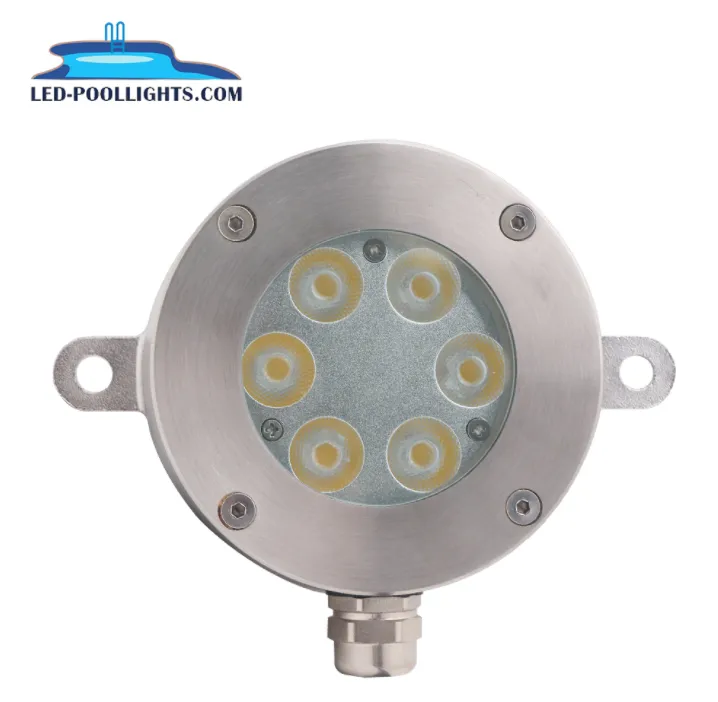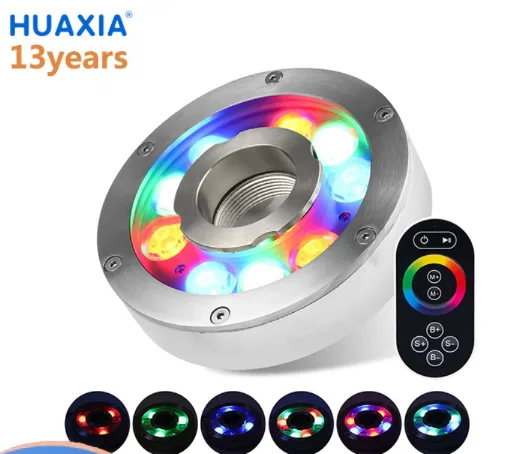News
Site Editor
 Site
https://led-poollights-en.usa18.wondercdn.com/uploads/image/6867a0dcde863.png
Allow me to take you back to the basics. LED stands for Light Emitting Diode and it’s a semiconductor light source. LEDs combine a P-type semiconductor and an N-type semiconductor. The former (P) is a larger hole concentration, the latter (N) is a larger electron concentration. When the two come together they emit energy in the form of light. Well, I’m done with the physics class. Now to the fun bit!
Site
https://led-poollights-en.usa18.wondercdn.com/uploads/image/6867a0dcde863.png
Allow me to take you back to the basics. LED stands for Light Emitting Diode and it’s a semiconductor light source. LEDs combine a P-type semiconductor and an N-type semiconductor. The former (P) is a larger hole concentration, the latter (N) is a larger electron concentration. When the two come together they emit energy in the form of light. Well, I’m done with the physics class. Now to the fun bit!
How to Use LED Fountain Lights Correctly
Views: 1907
Author: Site Editor
Publish Time: 2021-11-18
Origin: Site
What are LED Fountain Lights?
Allow me to take you back to the basics. LED stands for Light Emitting Diode and it’s a semiconductor light source. LEDs combine a P-type semiconductor and an N-type semiconductor. The former (P) is a larger hole concentration, the latter (N) is a larger electron concentration. When the two come together they emit energy in the form of light. Well, I’m done with the physics class. Now to the fun bit!
LED fountain lights are known for being waterproof and for their efficiency. Water plus electricity is a deadly combination thanks to the electric shocks that are generated. The perfect solution to not only mitigate electric shock risk but also extend the life of your lighting fixture is using LED fountain lights. They are sustainable regardless of the amount of water as they are waterproof. Also, LED lights are energy-saving so they help you conserve electricity reducing your financial maintenance cost.
These lights are available in a broad range of colors so you won’t need any filters while using them. You can get RGB LED fountain lights to add visual character to your water feature. They are highly durable so they’re not affected by the frequent water action or the number of times they’re turned on and off.
LED fountain lights not only enhance the general look of a water feature but they’re durable, non-corrosive, and very easy to maintain.

Mistakes to Avoid When Using LED Fountain Lights
When choosing underwater LED fountain lights, it’s always advisable to look for these three safeguards to prevent leaks and waste of money.
● Choosing low-quality submersible lights
I’ve often heard people complaining that they bought water-resistant fountain lights but they’ve replaced them several times. Here’s the thing, water resistance doesn’t mean that it offers a complete barrier to water. It just means water will struggle to get through but it will eventually. So when picking underwater LED fountain lights, go for those with leak prevention at the forefront of the design. It has to be waterproof.
Choose rubber or silicone gaskets as they are flexible, pliable, and offer the best seal. Check if they have resin-potting, this is the second layer of defense against water penetration. Finally, ask if they are machined materials as these have a specially aligned design ensuring the lights are waterproof. Always look for these three characteristics as they make high-quality submersible LED fountain lights.
● User error when installing underwater lights
Unfortunately, user error during the installation process can result in leaks even if the lights are waterproof. One of the most common mistakes, especially in DIY projects, is misaligned parts. Take for instance when the lights have a screw-on design; when using the screw to secure it in place ensure there is no gap between the gasket and lens. Align all the parts are aligned properly before and during the light installation.
● Wrong base materials for underwater lighting
Just as we have seen it’s important to choose waterproof submersible lights, it’s also important to get base materials that can withstand staying underwater. Brass and stainless steel are my top picks on the base materials for underwater ponds and fountain lights. They hold up great while submerged in water. Also, just for your peace of mind, go with base materials that have a guarantee or warranty against corrosion and rust. This applies to your underwater LED lights too.

Contact us for a quality LED foundation light
Huaxia Lighting Co., Ltd specializes in developing, manufacturing and selling LED SWIMMING POOL LIGHTS products with international standard since 2007. If you have any need for LED foundation light,please kindly contact us directly.



